The 2000s were some of the most exciting times in game development, with companies trying new things in the hopes of finding the next big franchise. While there were many misses in this endeavor, Glen Schofield and EA Redwood Shores seemingly hit paydirt with the release of Dead Space, a title that went on to inspire six games, plus the current remake.
With the most recent title before this one being released in 2013, the new developer, Motive Studio, has a lot to live up to in terms of fan expectations. A good remake is faithful to the original game while also introducing new features and accessibility options for players. Dead Space (2023) tries its hardest to live up to its predecessor and the nightmare fuel it gave to the many kids who played it.
This title will likely feed a whole new generation’s fears as they board the USG Ishimura for the first time. Whether they can make it or not is up to their resourcefulness and how far they’re willing to push themselves to save the people they care about.
A narrative that’s worth retelling
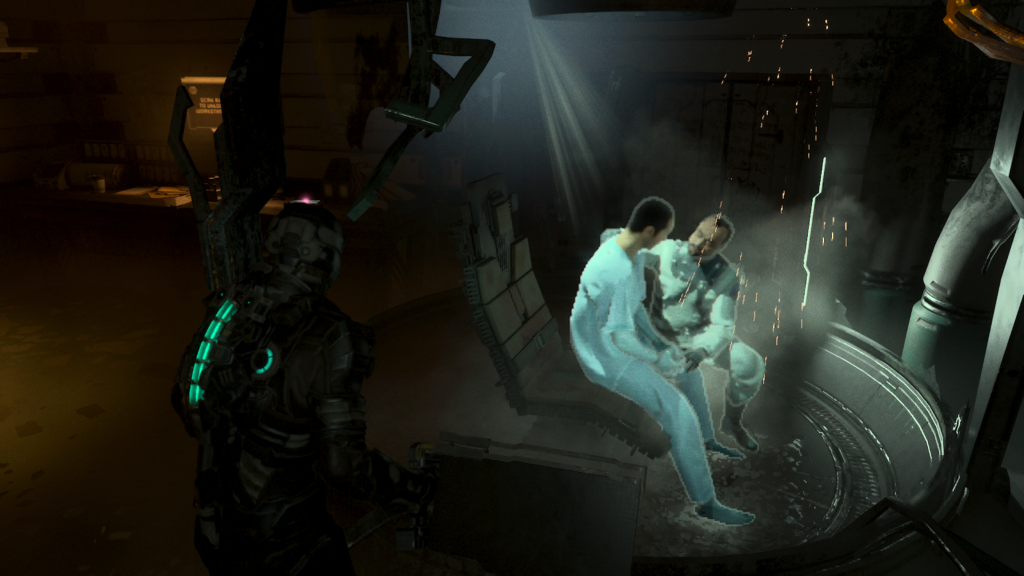
First impressions are everything, and players are first introduced to Isaac Clarke and the crew of the USG Kellion as they head for an emergency maintenance mission on the Ishimura. This large “planet cracker” is a mining tool meant to draw in large asteroids before melting them into resources that can be used by the United Spacefaring Guild across its settlements.
After a strange interference, your ship crash lands into the docking bay of the Ishimura, with most of your crew exiting the ship without injury. Isaac and the team immediately notice this large ship is dormant, with no signs of life anywhere as you venture into the security area. But within minutes, you and your team are first introduced to the Necromorphs that have taken over the ship.
This introduction to the game’s world gets players into the action almost immediately after they’re introduced to voice actor Gunner Wright, who didn’t start voicing Isaac until Dead Space 2 in 2011. While silent protagonists were an important staple in games when the first Dead Space came out, Isaac is much easier to relate to when he’s reacting to the horrors of the Ishimura.
With Dead Space (2023) being a remake, the developer was able to play with the dialogue and other characters in a way that makes the ship feel alive while being filled with the dead. While there aren’t many NPCs on the ship that are friendly, coming across an audio, video, or text log works as great environmental storytelling, usually providing context to the scene around it.
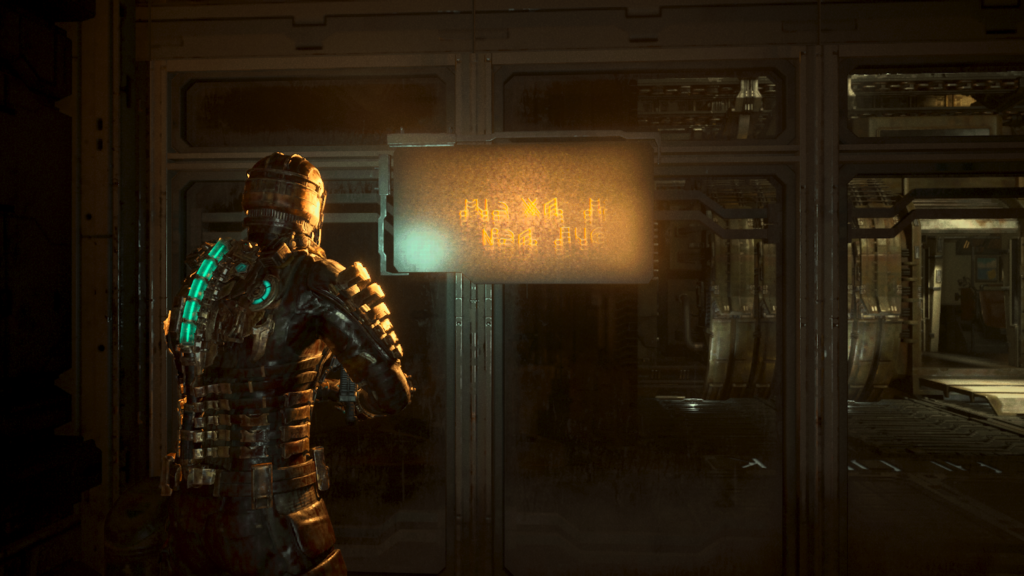
One cool example is a security mail terminal you’ll come across while searching a bathroom, where you’ll hear two other workers reacting to a man trying to pull his teeth out with pliers. While looking around the bathroom, you can find those pliers in a sink, alongside a bloodstain where the man hit his head, died, and presumably began to turn into a Necromorph.
The game’s story benefits from updated voice acting and visuals, often letting players watch helplessly as something happens that they can’t prevent. The game invites players to explore, with most areas open to them before they ever need to go that way. While the game’s story is largely linear, there are multiple quests that require you to go searching on your own. This is really fun and something that you want to take the time to do.
The world is lovingly crafted, with tons of details in the different levels that likely weren’t possible a decade and a half ago. The functioning spaceship has signs of previous life nearly everywhere you look and this contrasts with the fungus and monsters. Unlike the original, it’s easy to see how this ship was once used for something other than harboring the Necromorphs.
The build-up to the ending is intense and this carries through the final half-hour of the game. That being said, the arduous task of staring at a conveyor belt kind of diminishes the hype that players feel, but this is recovered after this task is done. It ends up paying off shortly after, but you have to stick through a boring 10 minutes first.
Immediately after beating the game, you’re encouraged to hop back in with New Game + and bonus resources. This is a great incentive that makes you want to take on the Ishimura again with your improved gear.
Scares may vary, but you will be spooked
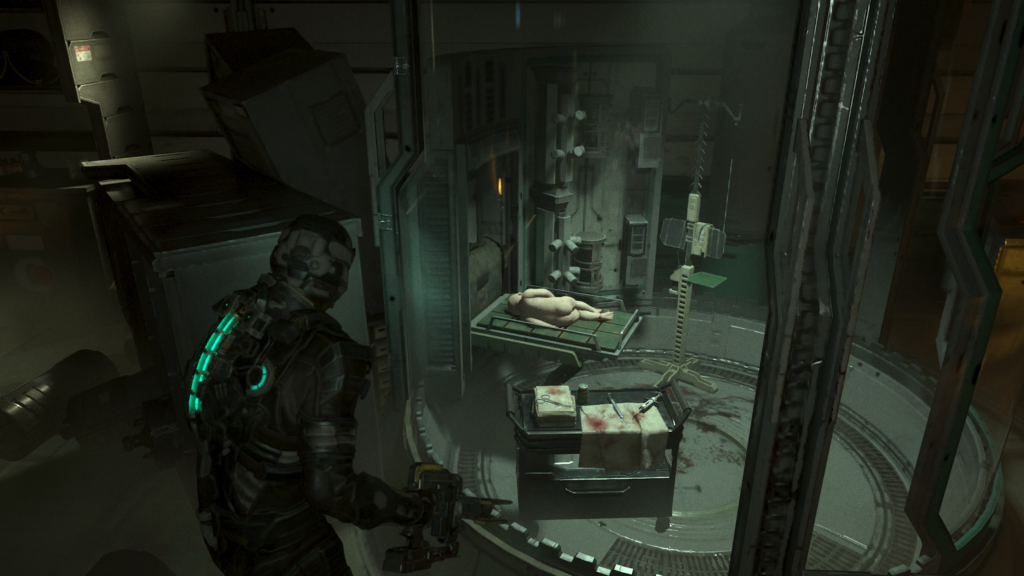
While horror games aren’t everyone’s cup of tea, there’s a certain charm to the horror in this Dead Space remake. While players of previous games will likely appreciate the many monsters constantly jumping out of the shadows at you, there are other smaller moments that will catch your attention.
Whether it be something as simple as a morgue door slowly opening or hearing a banging that you can’t quite pinpoint, there’s a lot to be afraid of in this game. Surprisingly, the monsters are only a small part of this, with the environment and different surprises you randomly encounter being enough to put the average player on edge.
This is especially worth noting because another horror game that was recently released from the same creative mind, The Callisto Protocol, does not manage this. Where Dead Space (2023) uses the environment to keep players from getting used to its different monsters, The Callisto Protocol would throw enemies at you consistently, weakening their effect.
Even halfway through Dead Space (2023), the game still finds plenty of ways to keep you looking over your shoulder in case something is creeping up behind you. To be fair, there usually was, which makes you check every hallway and behind you even more than you were in the first place. It’s better to clear an entire room before you get impaled for looking at the Store too soon.
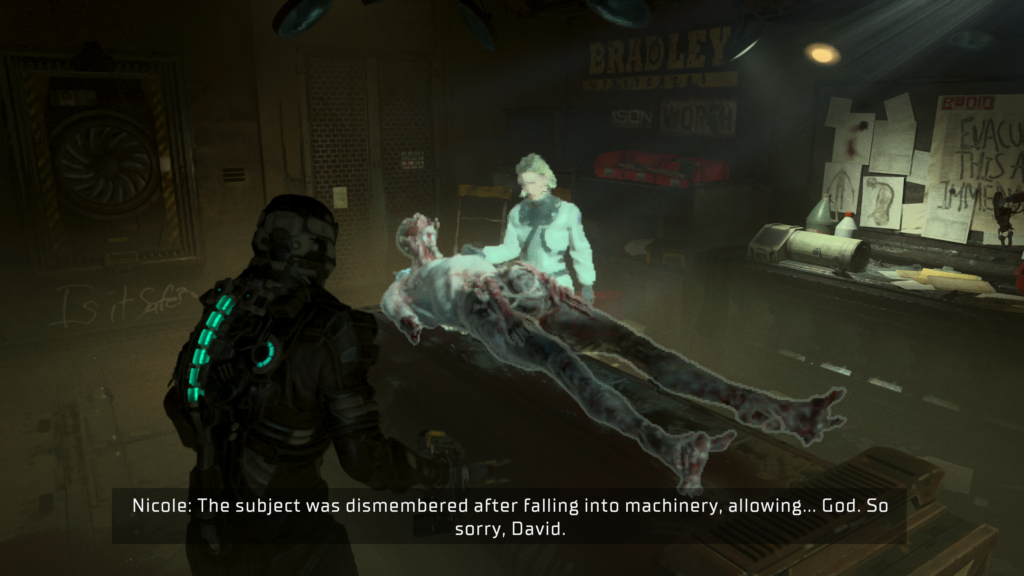
The variety in monsters is a little lackluster, with nothing that players likely haven’t seen before. Some of the Necromorphs, like the Hunters and Brutes, are devastating on any difficulty other than “Story,” while the baby monsters are a mild nuisance, at best, even on “Medium.” This can make encountering certain enemy groups range from terrifying to “I have to do this again?”
The game gives you the tools to take on these horrors, with more becoming available the longer you play. But it seems more practical to just switch between two main weapons, making sure to upgrade them and buy ammo at the Store when you’re running low. Some of the other weapons were flashy but they don’t provide the same resourcefulness as the ever-reliable Plasma Cutter.
Dead Space (2023) is considerably darker than the original, with many hallways and rooms requiring your flashlight to see properly. You can turn up the brightness if you want to at the sacrifice of making everything look washed out. This doesn’t hurt the gameplay and feeds into many of the scares, it’s just pretty different than what fans will remember.
The sound design in Dead Space deserves its own recognition, with most of the atmospheric sounds feeding into the uncertainty of the game. You can never be sure whether that voice you heard was there or if you were imagining it. Hearing screams occasionally ring out across the ship also lends a terrifying feeling as you move through the Ishimura.
There was some attention drawn to the music by other outlets, but it doesn’t stand out in these scary moments so much except for where a violin or other string instrument actively builds suspense. Instead, the scariest parts come from less obvious cues that something is up as opposed to the low spooky orchestra many games draw from.
Accessibility is what remakes should be about

From the second you get past the developer and brand screens, you’re greeted with a now-standard menu asking what accessibility settings you’d like to turn on. It’s immediately apparent how far this title is going to try and make a game that’s available to all audiences, regardless of disabilities or game preferences. This is refreshing in an industry where punishing yourself is seen as a virtue.
Dead Space (2023) has all of the standard accessibility options, like getting rid of rapid-press quick-time events and options for aim assist. But what’s especially notable is that there is a range of difficulty options that allow players to take on the game how they see fit. Players start on “Medium” as the suggested difficulty, but they can lower it to “Story” to eliminate much of the challenge.
This option doesn’t dampen the horror of the game, instead making the scarier parts more accessible for those who are having trouble getting through it. Players can change the difficulty at any time, allowing them to get through a tough part before changing it back if they wish. This option by itself will make the game so much more accessible to a wide range of audiences.
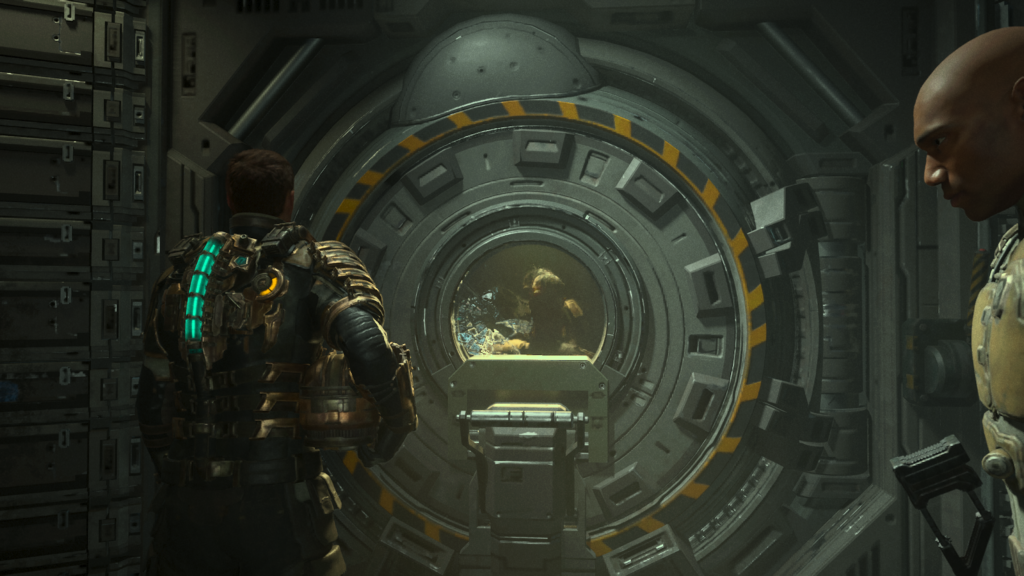
But accessibility isn’t always in the settings and can often be how the world is created with the player’s experience in mind. Unless there’s a specific reason otherwise, it should be easy to know where you need to go in a game to progress. The level design in Dead Space (2023) seems to really support this, with ample signage and a button to immediately show the path to your tracked objective.
Getting around the ship for these different quests would likely be impossible if not for the tram system that works as the game’s fast travel. With these cars, you can move between each department quickly, allowing you to backtrack if there’s a side quest that you forgot to complete. Without this feature, it wouldn’t be worth it to go back once you’ve moved on to a new section.
Conclusion
Dead Space (2023) is a great remake that manages to evolve the game that started it all, bringing new visuals and context to the series intro. The story is only made more relatable by giving Isaac Clarke his voice, allowing the character to react to the horrors around him. Thanks to the plentiful accessibility options, new and old audiences alike will be able to experience this thrilling adventure.


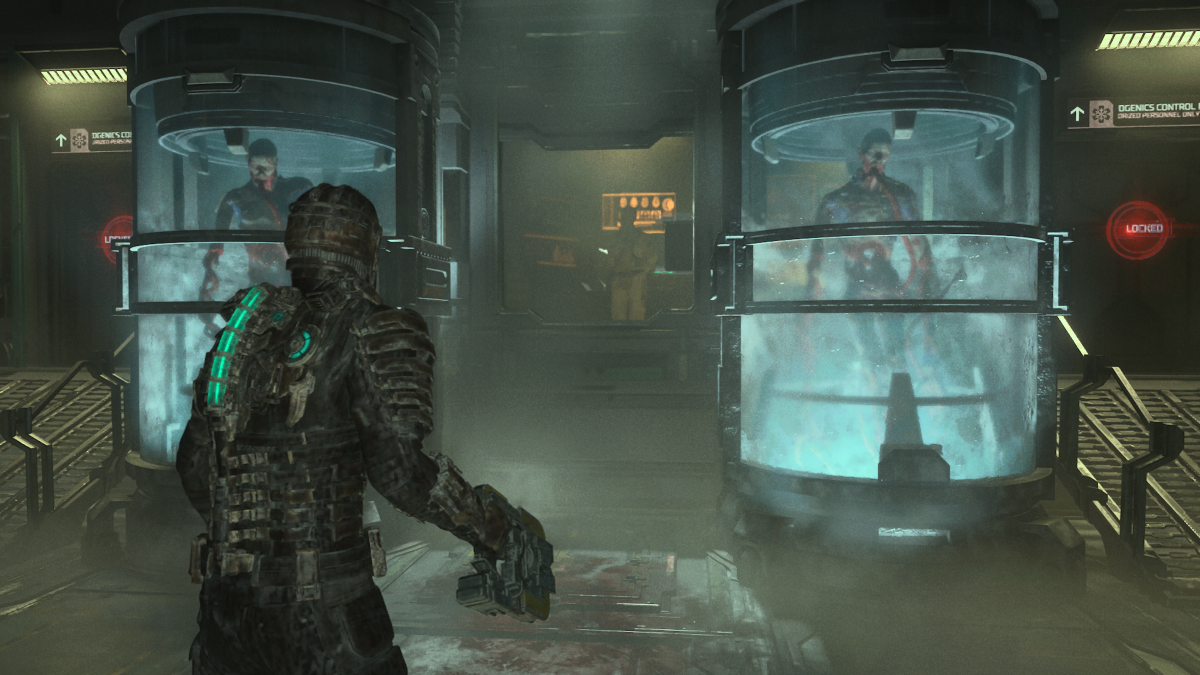
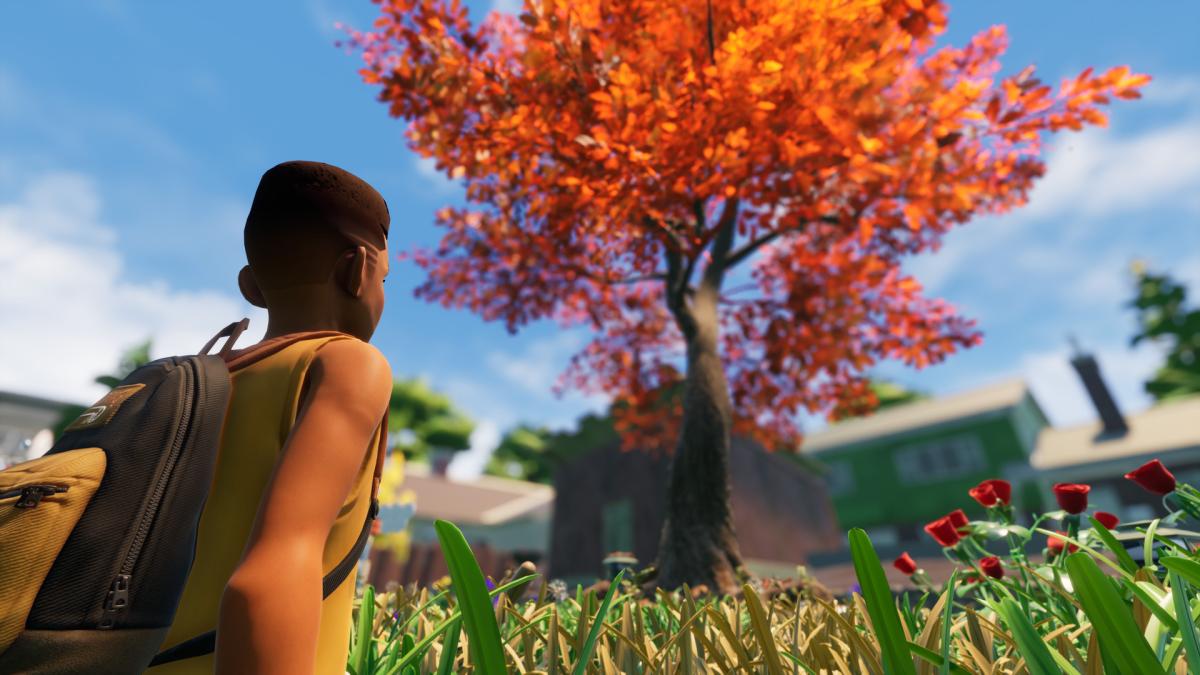
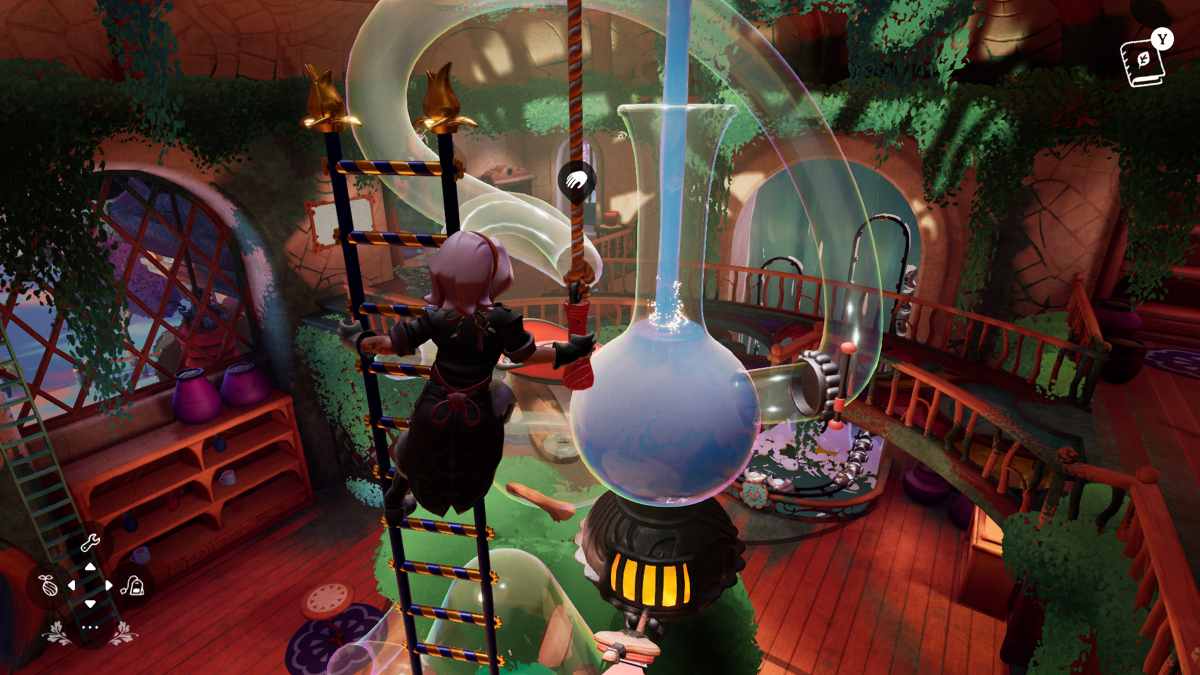
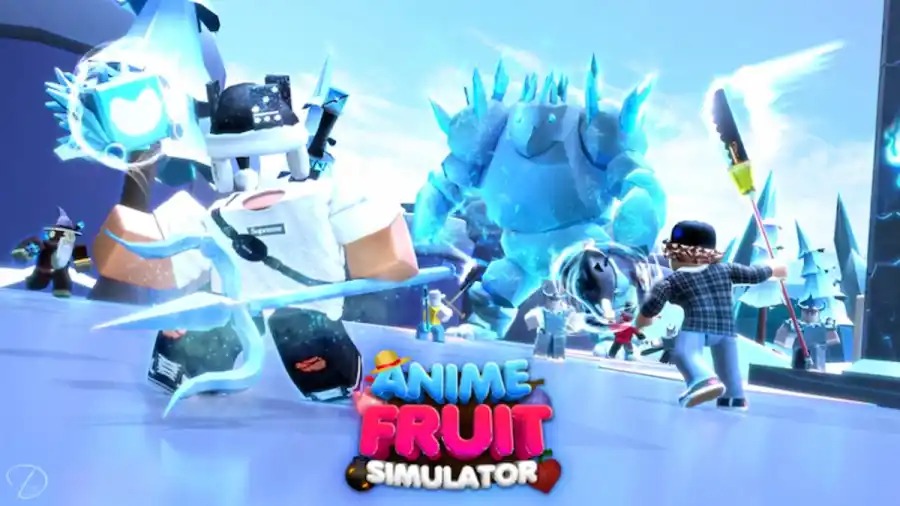
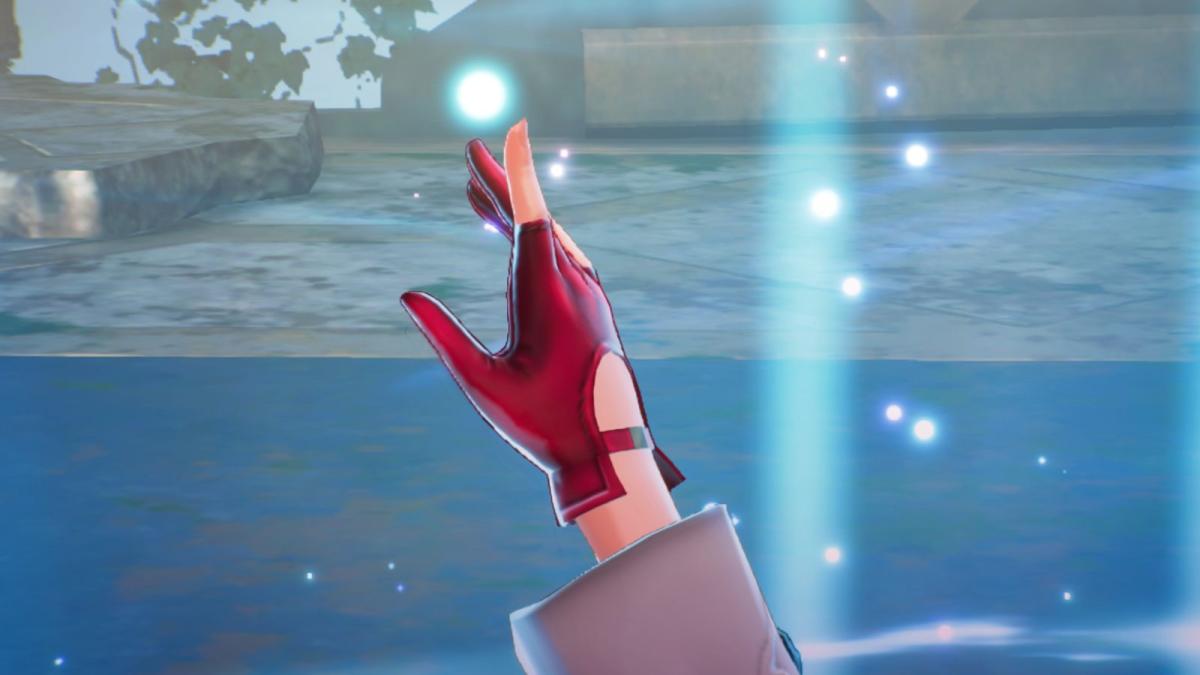
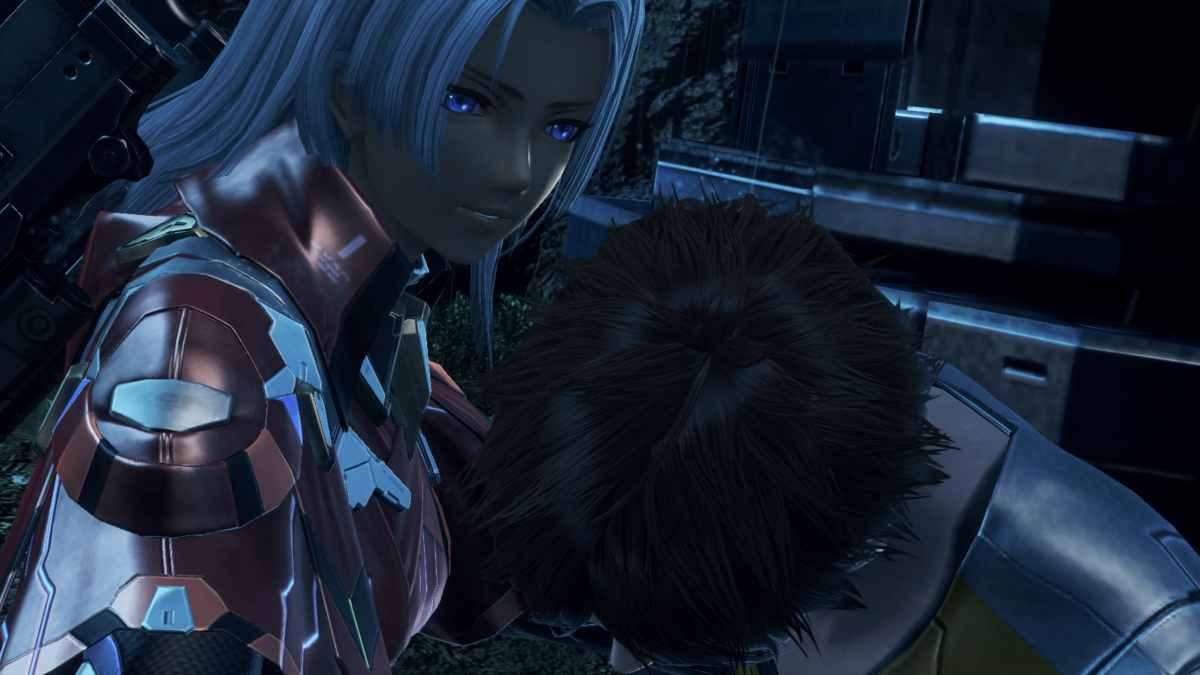
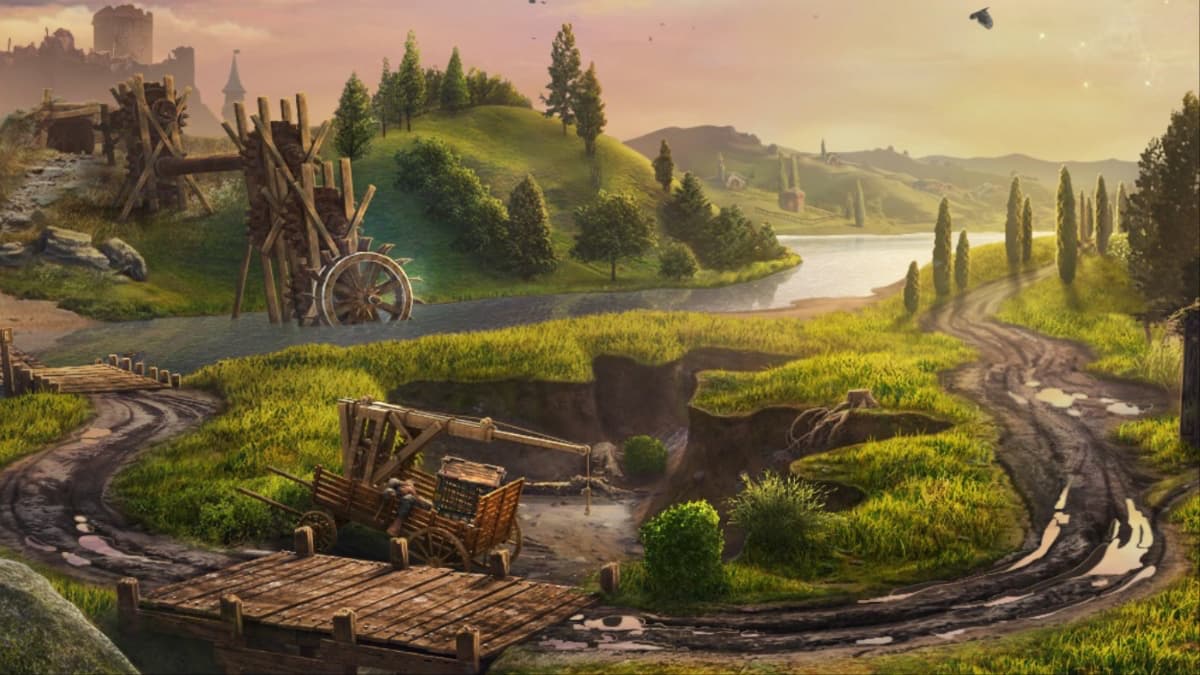
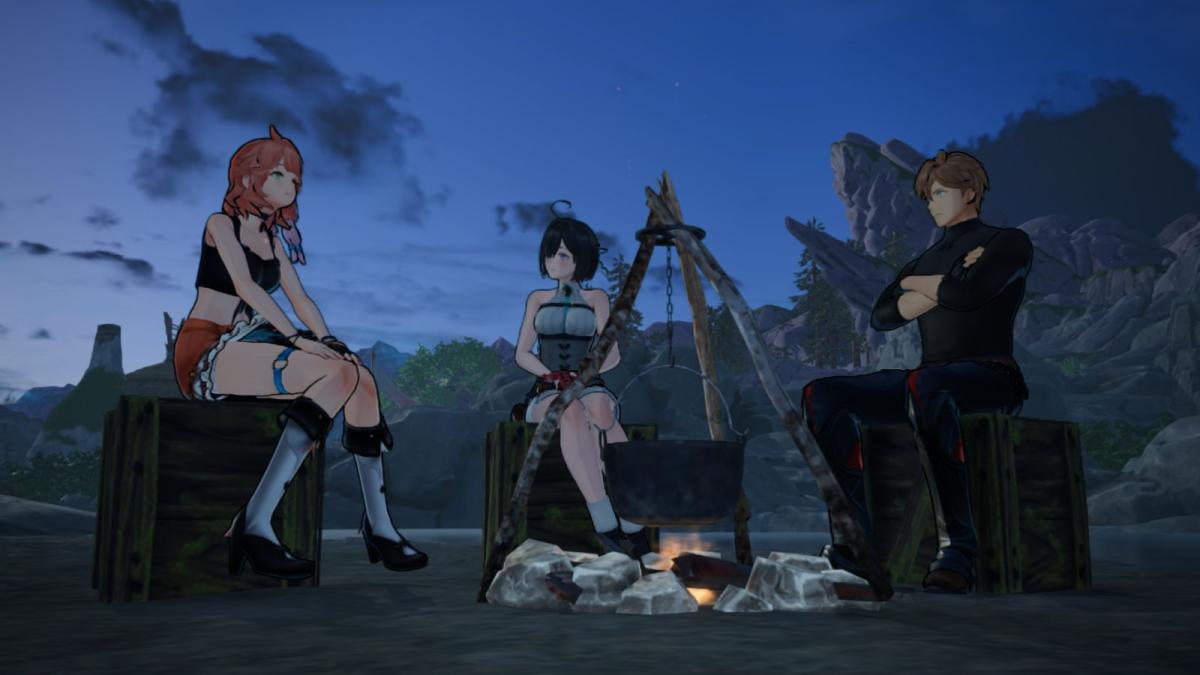
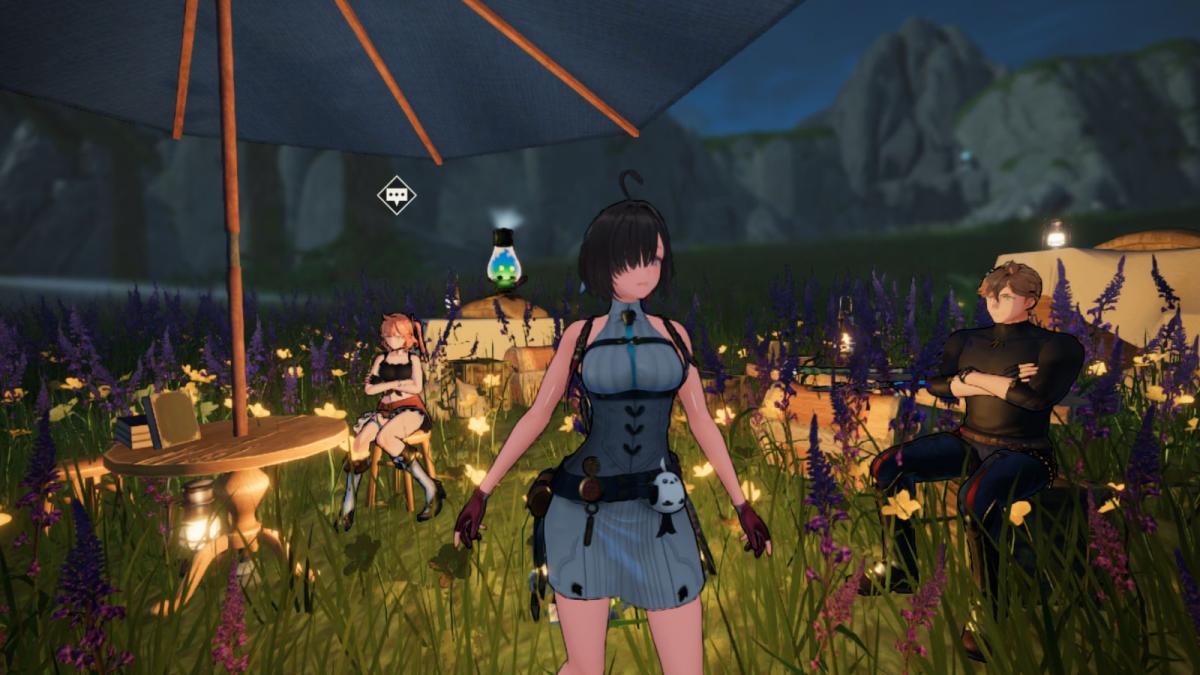

Published: Jan 26, 2023 11:00 am